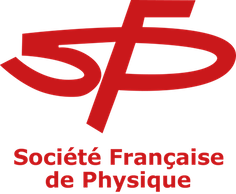Orateur
Description
A non-monotonic net-proton kurtosis as a function of the collision
energy for very central collisions has been suggested and may be
confirmed by recent BES-II program results advocating the existence of
the QCD critical point. Fluctuations at the origin of this peculiar
behavior are produced in the highly dynamic environment of
ultra-relativistic collisions. Especially, the violent longitudinal
expansion and the associated temperature cooling may have a non-trivial
impact on how we interpret the experimental data. The in- or out-of
equilibrium nature of the fluctuations during this expansion is a
crucial question in discriminating between critical contributions and
purely dynamical features.
Here, we inspect the diffusive dynamics of the conserved charges net
density fluctuations in a Bjorken-type 1+1D expanding system. Between
the initial time of the collision and the chemical freeze-out, the
equilibrium thermodynamics is described by a potential derived from a
Ginzburg-Landau free-energy functional parametrized by its second and
fourth-order susceptibilities. In the scaling region, the
susceptibilities are mapped from the 3D Ising model and at muB = 0 MeV,
from lattice QCD calculations. Between the chemical freeze-out and the
kinetic freeze-out, the thermodynamics is determined by the hadron
resonance gas of the 19 lightest species at first order in the chemical
potentials. The non-trivial interplay between the diffusive properties
of the constituents and the longitudinal expansion of the medium allows
us to study the critical fluctuations in the dynamically expanding
medium as well as their survival in the hadronic phase until kinetic
freeze-out.
We demonstrate the enhancement of the critical fluctuations for
trajectories passing near the critical point. The signal is shown to be
largely dependent on the diffusive properties of the medium and the
chemical freeze-out temperature. After chemical freeze-out, we observe
that the diffusion in the hadronic medium has a huge impact on the
amplitude of the critical fluctuations. We conclude that the signal
survives longer in sectors related to the electric charge.

